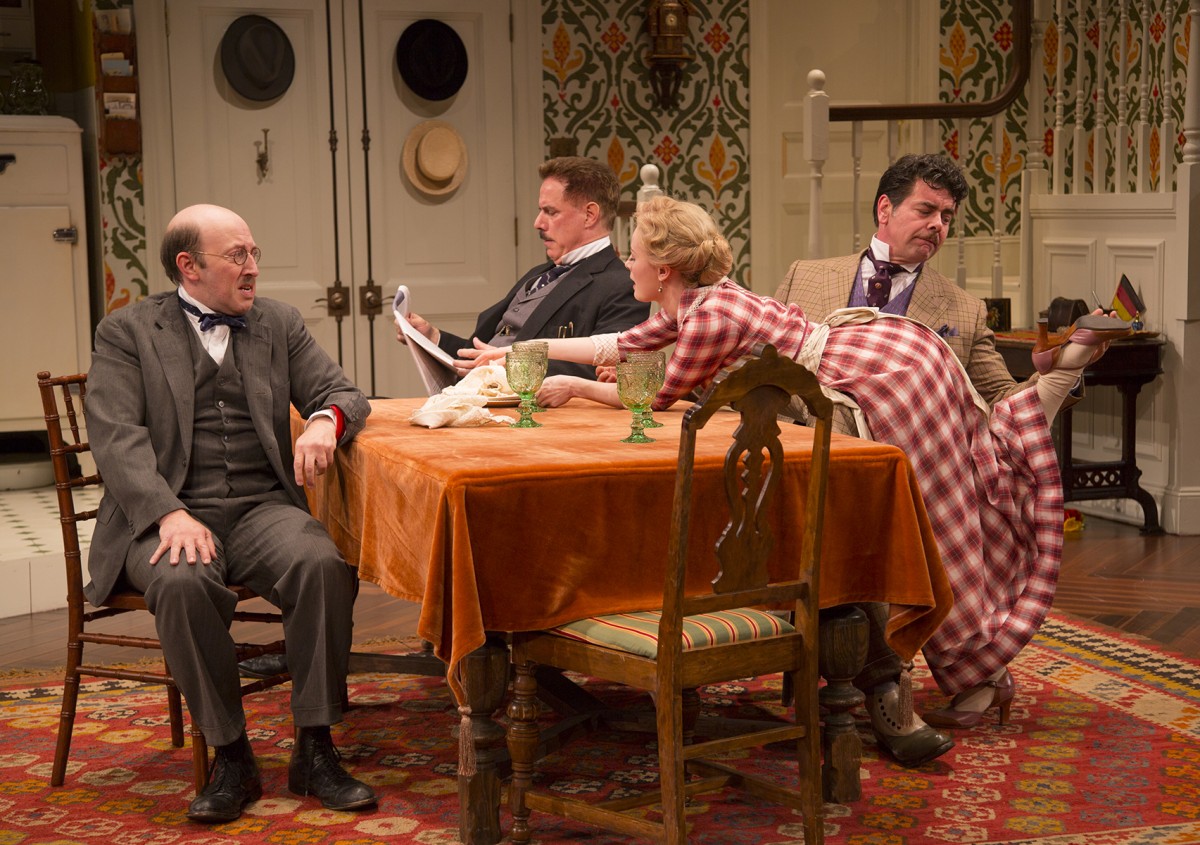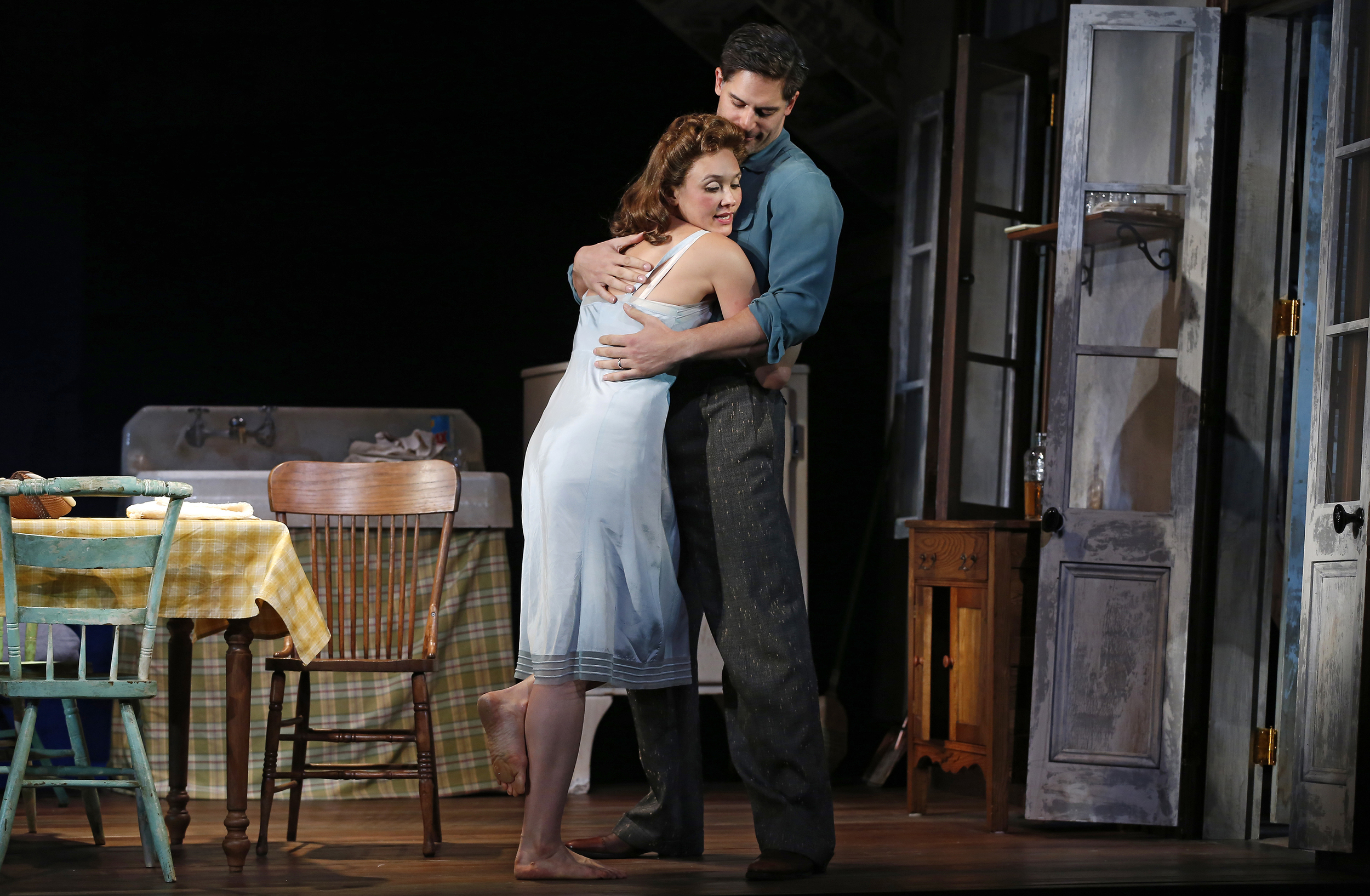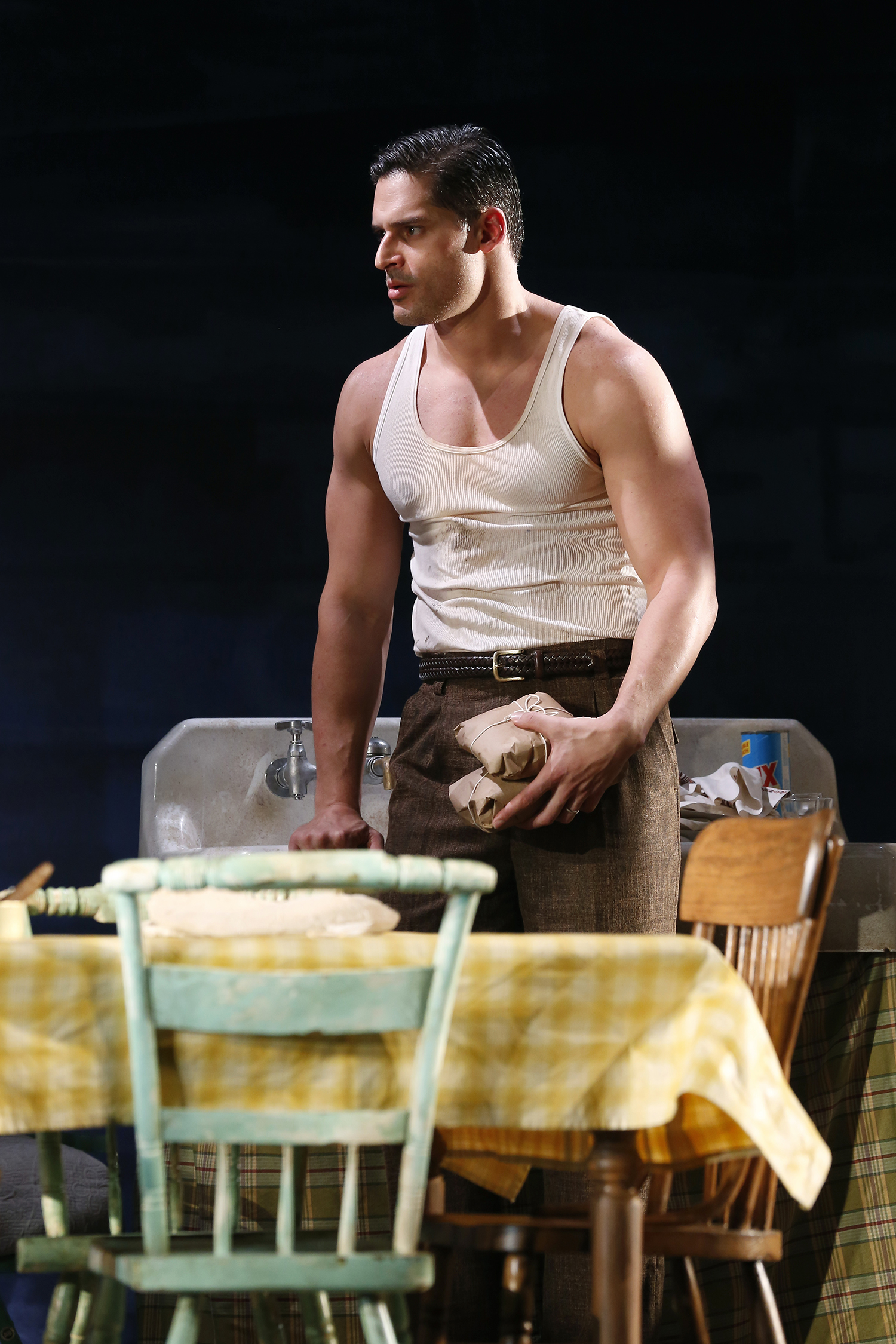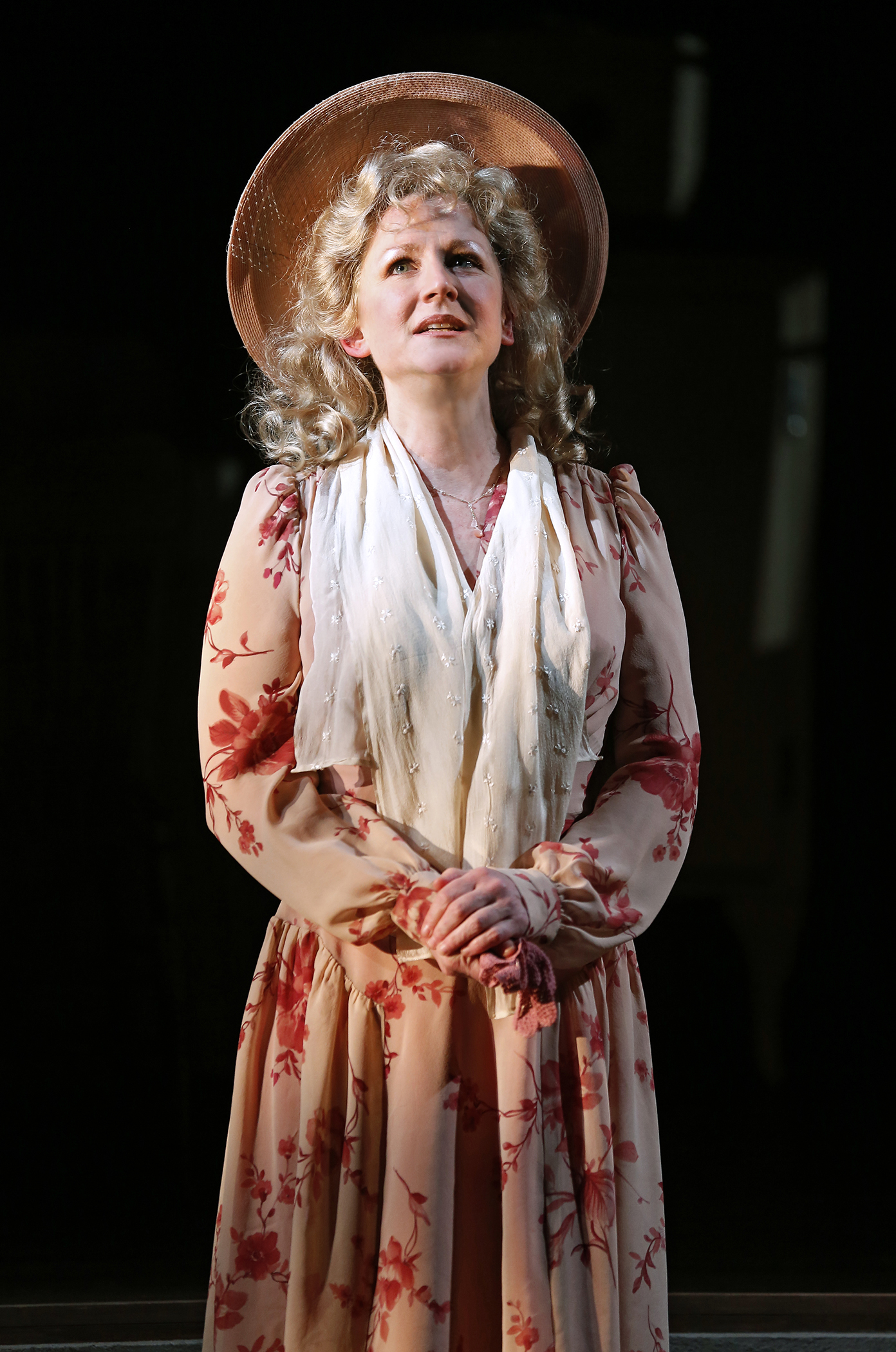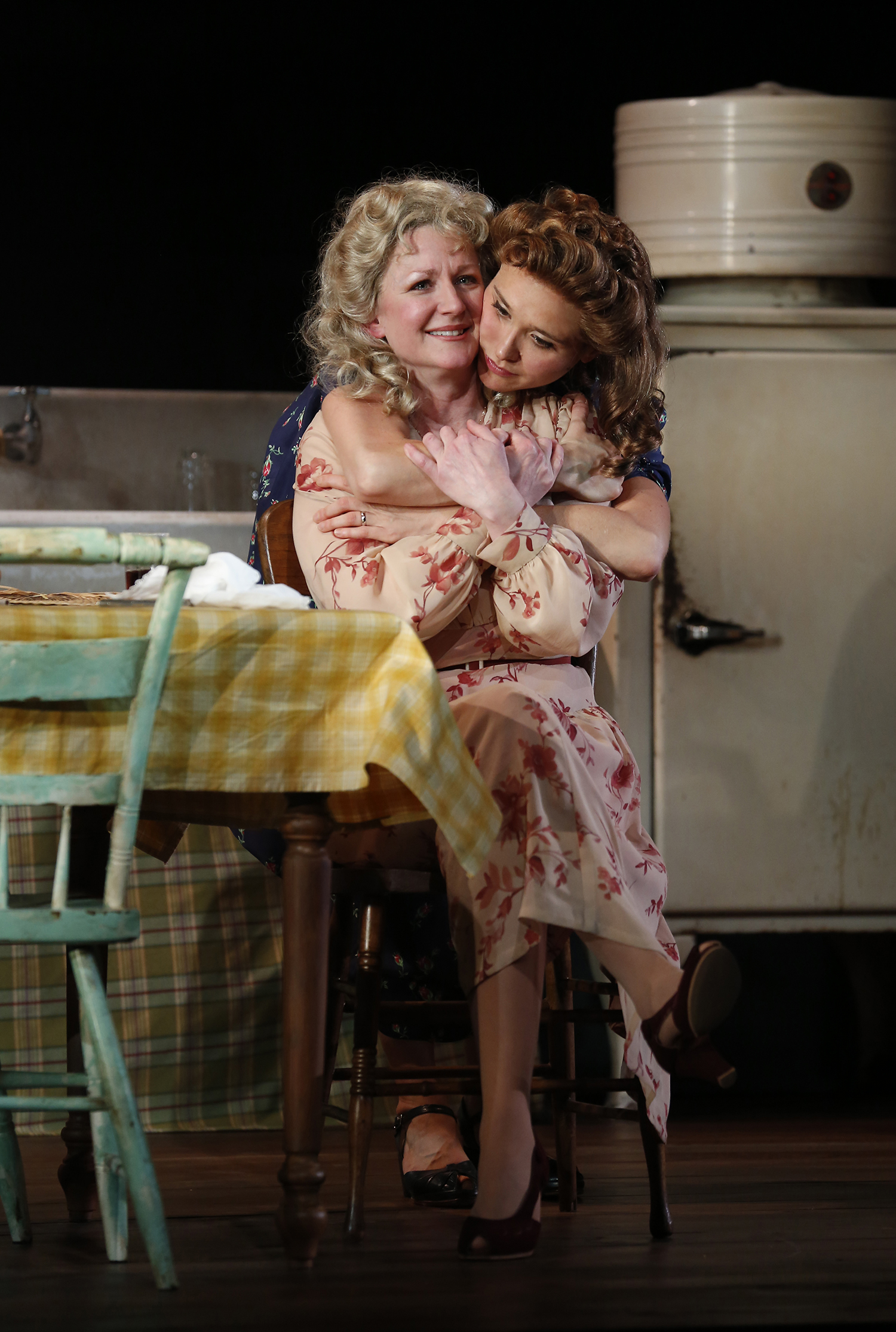Saki (H. H. Munro): “Sredni Vashtar” (1914) There is no more badass short story in this project, or perhaps in existence, than Saki’s “Sredni Vashtar.” Badass may not sound like the proper terminology, but the English language wants for a more formal term to replace it. With glee, I could write a short book on the genius of “Sredni Vashtar,” so rich is it in its plot and precepts.
Conradin, a ten-year-old orphan not expected to live more than five more years, is under the care of his unpleasant cousin and guardian, Mrs. De Ropp, and the two dislike each other. Mrs. De Ropp takes a certain pleasure in thwarting Conradin’s happiness, while Conradin, whose perspective we share, nurtures fantasies of escape from, and revenge on, the person who controls him and denies him the few joys in his life.
These joys include two creatures who Conradin keeps in his hide-out, a shed in the back garden: a hen who he adores like a pet, and a darker creature kept in an iron cage in the shadows of the shed, a creature that Conradin both admires and fears. Saki calls this creature a “polecat-ferret,” a hybrid. The boy had it brought to him by an older child in exchange for coins, and he keeps it (how and what he feeds it is not clear) as a sort of totemic demi-god, one who he almost worships, to the extent that a 10-year-old can develop a spiritual admiration for a creature. Even the name he gives the creature, Sredni Vashtar, is not explicated by the narrator or the child. It was likely chosen by onomatopoeia, with Sredni implying “shred,” and Vashtar sounding like some Indian god. It is always tempting to read more into such exotic names than may be present (“sredni,” in Slavic languages, means “middle” but I’m not sure that adds anything), but suffice it to say that we have a dangerous bestial god on our hands.
The antagonistic cousin abruptly sells off the pet hen, seemingly just to do something mean to Conradin, but the child refuses to give her the pleasure of appearing upset. He simply does not indulge his love of toast, his favorite snack, when his cousin offers it, surprised that he does not tuck in. From that point on he makes a nightly wish for Sredni Vashtar to do something for him, careful never to articulate what he would like, perhaps for fear of crossing a line that thinking does not cross.
Wondering why Conradin continues to spend time in the shed, despite having disposed of his pet hen, Mrs. De Ropp sets out to investigate. She suspects that he might be keeping a kitten in there, which she would quickly make off with. Conradin watches the shed from his bedroom window as Mrs. De Ropp goes inside and doesn’t come out—for a very long time. With cinematic poise, the narrator lets us see the images of defeat that fill Conradin’s mind as he stares out the window, eyes fixed on the shed in the distance. Eventually Sredni Vashtar emerges from the shed, his maw bloody, and disappears into the forest. Conradin accepts a tray from the maid and coolly toasts a slice of bread for himself as the discovery is made and the house is filled with screams and commotion.
The idea of a ten-year-old developing a cultic worship of a creature, framed as an exotic beast-god, resonates with the rich fantasy world that adolescent boys can develop, and which can get out of hand, if left unchecked. A “polecat-ferret,” which we can sort of imagine, is a clever choice of creature. A ferret would hardly be able to do away with a grown Mrs. De Ropp (nor, one imagines, would a polecat), but perhaps this is some larger, more fierce variety. The dynamic between an unwilling guardian and her charge, neither of whom like each other but who are stuck together, is familiar. Anyone who has ever wished that a sibling would suffer a minor injury will know a mild version of the fantasy that Conradin develops. It is a question whether we are meant to think that Conradin willed the attack into being, or simply got lucky, a rare child whose prayers are answered. There is no moral here, no “beware what you wish for,” because Conradin is free from the clutches of his nemesis. We do not need to know what happened next, if he will be sent to some even less pleasant guardian, because our camera cuts away just as he prepares himself another slice of buttered toast.



